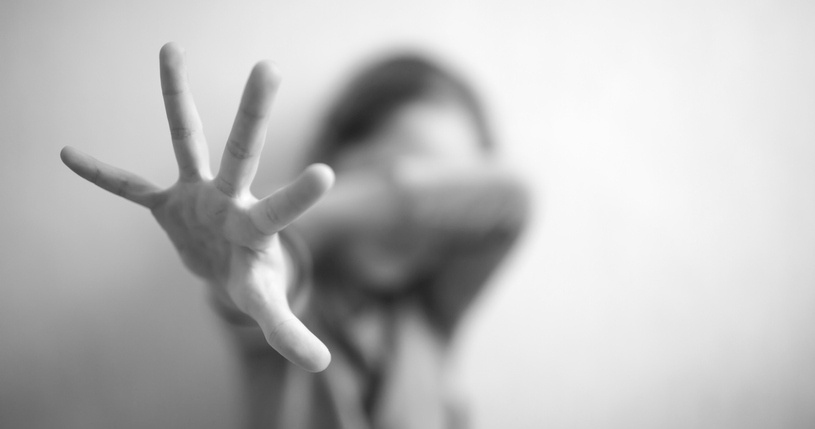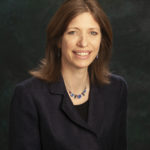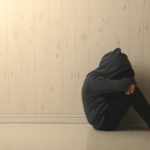 Sex offenders of children are predators. They need to put themselves in situations and settings where they can access children, their intended victims. In order to access victims these predators position themselves to be around children while they simultaneously gain the trust of the community. The media has done a lot to shed light to the fact that sex abuse is being perpetrated by trusted members of our community; coaches, priests and teachers.
Sex offenders of children are predators. They need to put themselves in situations and settings where they can access children, their intended victims. In order to access victims these predators position themselves to be around children while they simultaneously gain the trust of the community. The media has done a lot to shed light to the fact that sex abuse is being perpetrated by trusted members of our community; coaches, priests and teachers.
Institutions Protect Themselves, Not Children
Sex abuse rises to the level of institutional abuse when the organization and institutional structure these individuals are affiliated with does not respond appropriately to allegations when they come forward. Notable examples of an institution failing the respond to child sexual abuse allegations are Michigan State University and Larry Nassar, Penn State and Jerry Sandusky, as well as numerous Roman Catholic Archdioceses and various religious leaders throughout the Nation and around the world.
In all these cases, the actions of the predator were either ignored or accepted by the institution, and the focus of the system shifted to covering up the allegation to avoid scandal and preserve the institution itself instead of protecting children. The collective inaction of the institution allowed the abuse to continue and more children became victimized.
When abuse occurs to children in the very settings that are designed to enhance their lives and to protect them, it is especially egregious and difficult to understand. We no longer have one sexual deviant to blame for the exploitation of a child, but an entire system that has allowed for the abuse to continue, and in the process, enabled more children to be victimized. The act of covering up the abuse can even rise to the level of criminal behavior itself, and as a result, there is a growing distrust by the public of these previously respected institutions.
Child sexual abuse is defined as follows: a form of child abuse that includes sexual activity with a minor. A child cannot consent to any form of sexual activity so any exposure to sexual behavior is considered sexual abuse and harmful to a child’s mental, emotional or physical welfare.
The devastating lifetime impact of sexual abuse to a child is undeniable, and though therapy can minimize the pain and trauma caused by sexual abuse, the impact is damaging and permanent. Though the definition of sexual abuse is clear and concrete, however, the perspective of the child is anything but black and white. When we think of child molesters or rapists, we imagine monsters, loners in trench coats lurking around parks driving windowless vans. But, our preconceived notions of abusers don’t hold true.
Abusers vs. Strangers
According to the Child Rescue Network as many as 93% of victims under the age of 18 know the abuser. Though the statistics of other reports vary a few percentage points, all research supports the fact that the vast and considerable majority of those who are victims of childhood sexual assault know their perpetrator. This fact sheds light as to why victims don’t disclose abuse and explains why people can doubt the validity of the disclosures when they occur. These abusers are liked and trusted by the children, their families and the community.
Many of the strategies discussed by both legislatures and therapeutic communities to prevent childhood sexual abuse put the burden on the child to disclose the sex abuse to a trusted adult. Unfortunately, the concept of a trusted adult has already been violated when the adult in the childhood victim’s life crossed the line and initiated sexual contact. Research has demonstrated that even when asked directly, many children will not report what is happening until many years later. Though it is important to speak to your child about reporting sexually inappropriate interactions, we know that the nature of the abuse is pervasive and complicated and self-report from the child is not the most effective means of discovering adult misconduct and sexual abuse of children.
Adults need to become better observers of behavior to help identify when something seems inappropriate in adult-child relationships. Research has demonstrated that there are different types of child sex offenders and sometimes our bias of what we think a “pedophile” is, allows us to miss important clues of misconduct or inappropriate relationships between adults and children. The people who molest children often have gained access to the children through their families, schools, sports, or civic and religious organizations.
Upstanding Community Members
According to Shira M. Berkovit’s paper “Institutional Abuse in the Jewish Community,” those who sexually abuse others are often exemplary community members in every other respect. Failure to question “good” people who have access to children will lead us to overlook most sex offenders, and lead institutions to be reluctant to act responsibly when confronted with allegations of abuse against a person who has clearly done much good.
Institutions need to educate themselves about sexual abuse and train adults to look for signs of abuse and acknowledge that abuse will always be perpetrated by someone they would not suspect capable of abusing a child. Again, the common theme of sex offenders is they are predators and will need access to their prey, so they inevitably gravitate to organizations and respected institutions to gain that access.
How these institutions respond when sexual misconduct of children is observed, reported or rumored to have occurred is critical if sexual abuse of minors is to end. The most obvious example of the failure of an institution to protect children from sexual abuse in recent times is the Catholic Church and the sexual abuse of children by priests.
A Major Coverup
In 2004, the John Jay Report tabulated a total of 4,392 priests and deacons in the U.S. against whom allegations of sexual abuse had been made. The numbers of reported abuse allegations and court cases has increased worldwide since then. This represented about 4.3% of active American Catholic clergy during that time. Some studies suggest this is on par with the rates of child sex abuse committed by the general population, so why did the case of sex abuse by priests become such an issue?
The cover up within the Church and failure to respond appropriately by turning allegations over to law enforcement resulted in more unsupervised access to children by those accused, leading to more victims over time. Many of the accused priests were transferred to locations where their misconduct was unknown by their new community, so they continued to gain unsupervised access to minors.
In 2018, a grand jury in Pennsylvania issued an 884-page report which stated that there were over 1,000 identifiable child victims of sexual abuse by over 300 priests in six of the eight Roman Catholic dioceses in Pennsylvania, while advising “that there were likely to be thousands more.” Only two criminal charges were brought, as either the priests involved had died or the statute of limitations had run out. The grand jury found that Church officials followed a “playbook for concealing the truth,” minimizing the abuse by using words like “inappropriate contact” instead of “rape”.
State Attorney General Josh Shapiro, whose office initiated the investigation, said in a news conference, “They protected their institution at all costs. As the grand jury found, the church showed a complete disdain for victims.” Despite the public outcry that so few priests accused of sexual abuse did jail time for the crime, minimal jail time appears to be the standard for sex offenders.
Abusers Rarely Pay the Price
According to MOSAC, Mothers of Sexually Abuse Children, research has shown that criminal action is taken in approximately 24% of substantiated cases of sexual abuse. Offenders are convicted in only 1-2% of cases, and most spend less than one year in jail. Child abusers are rarely identified and rarely prosecuted. The dioceses in which the crimes were committed found it necessary to make financial settlements with the victims totaling, by some reports, over a billion dollars, and resulting in the bankruptcy of up to eight Catholic dioceses.
Check back next week for Part 2: Finding The Solution




We need a Royal Commission like the one they just had in Australia.